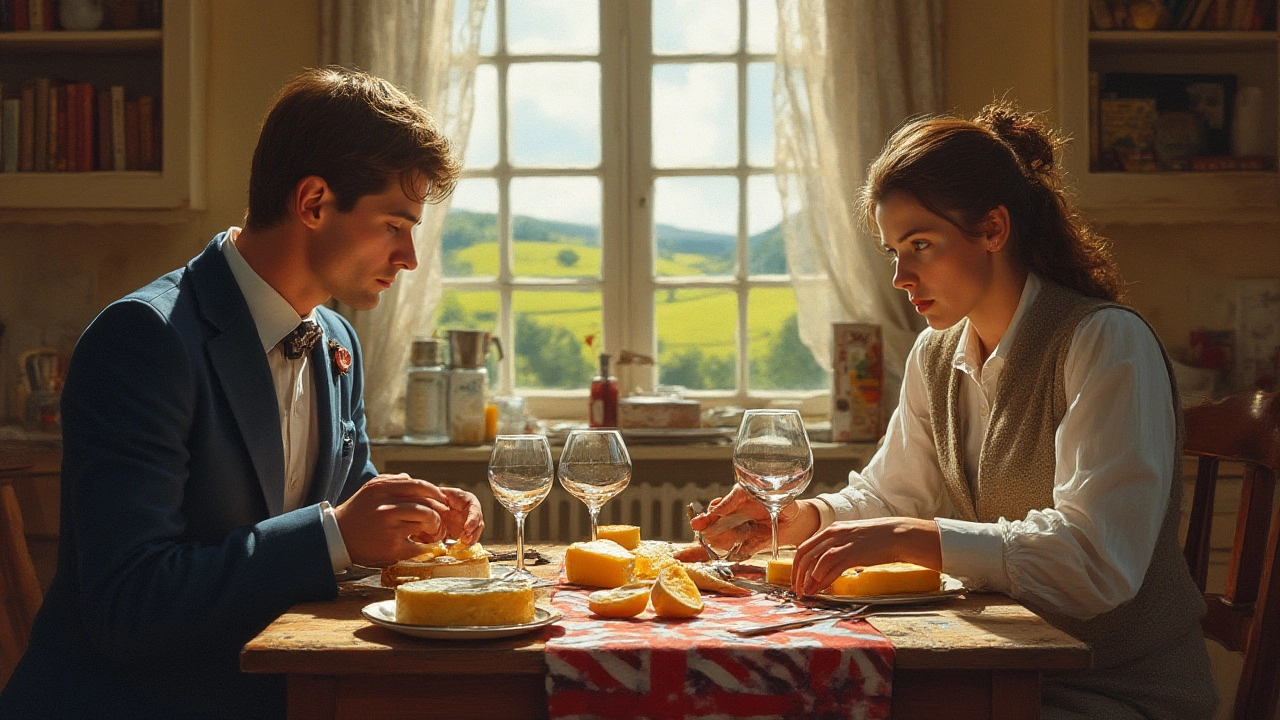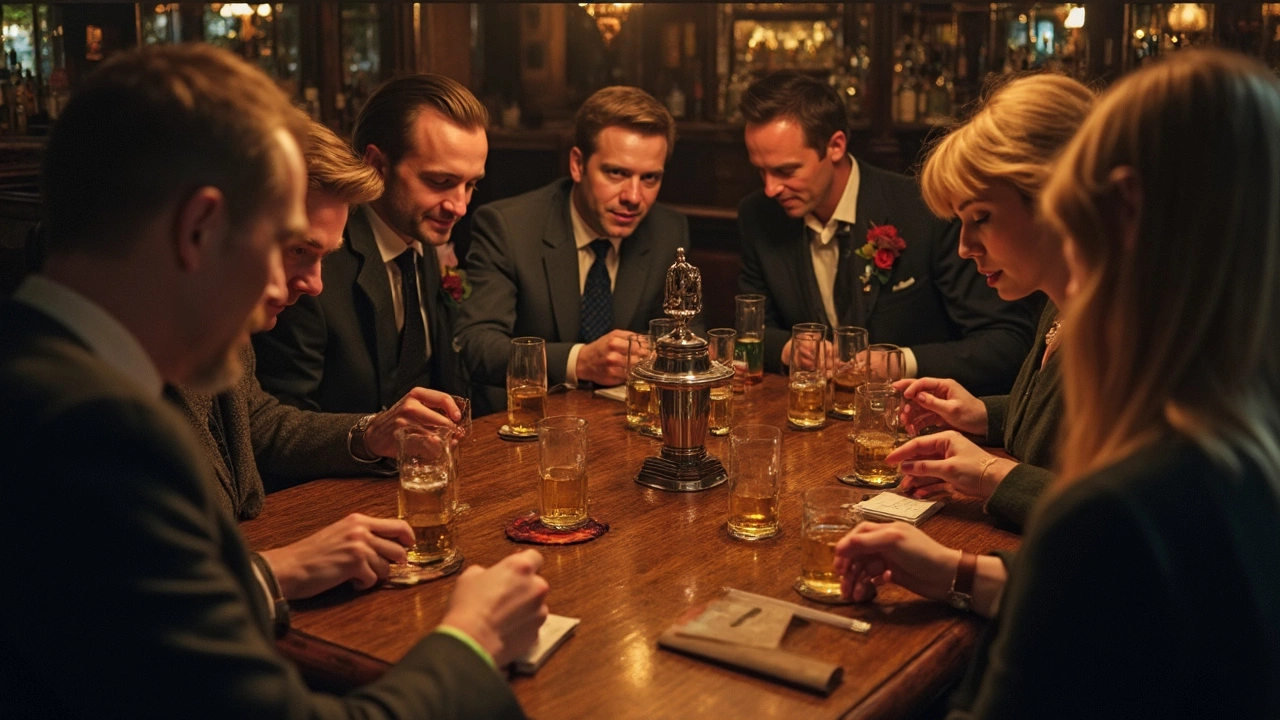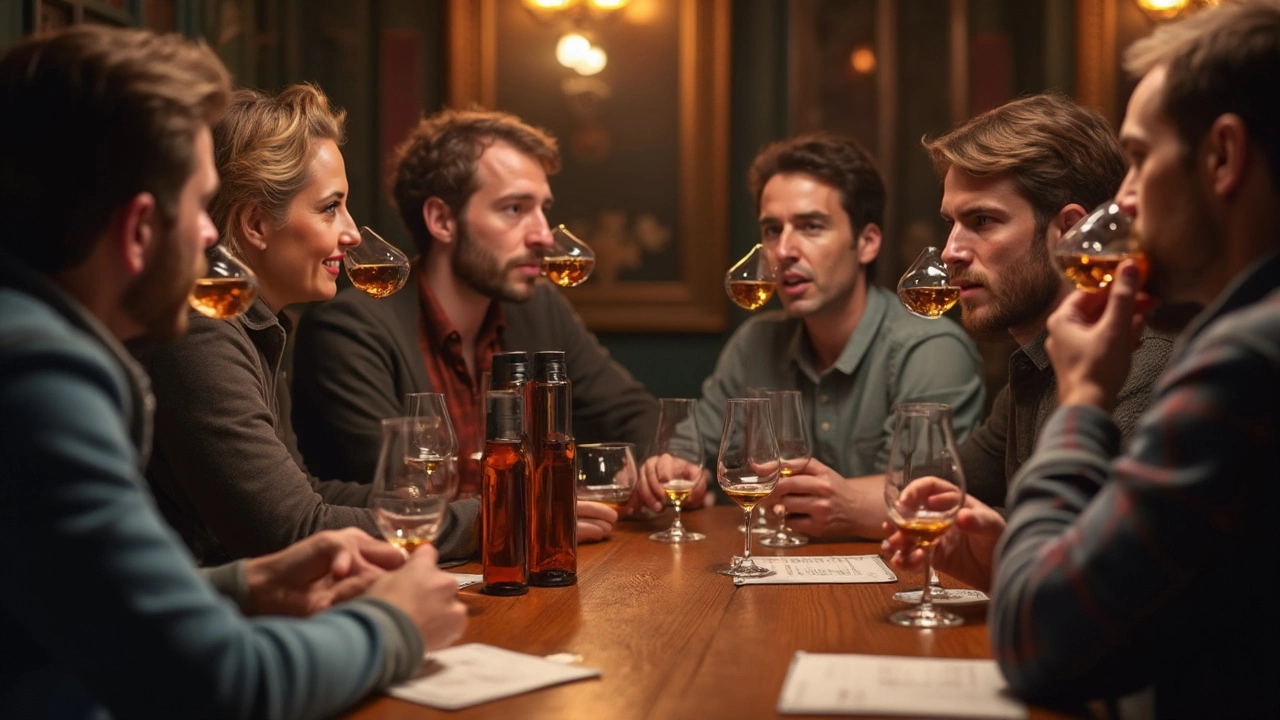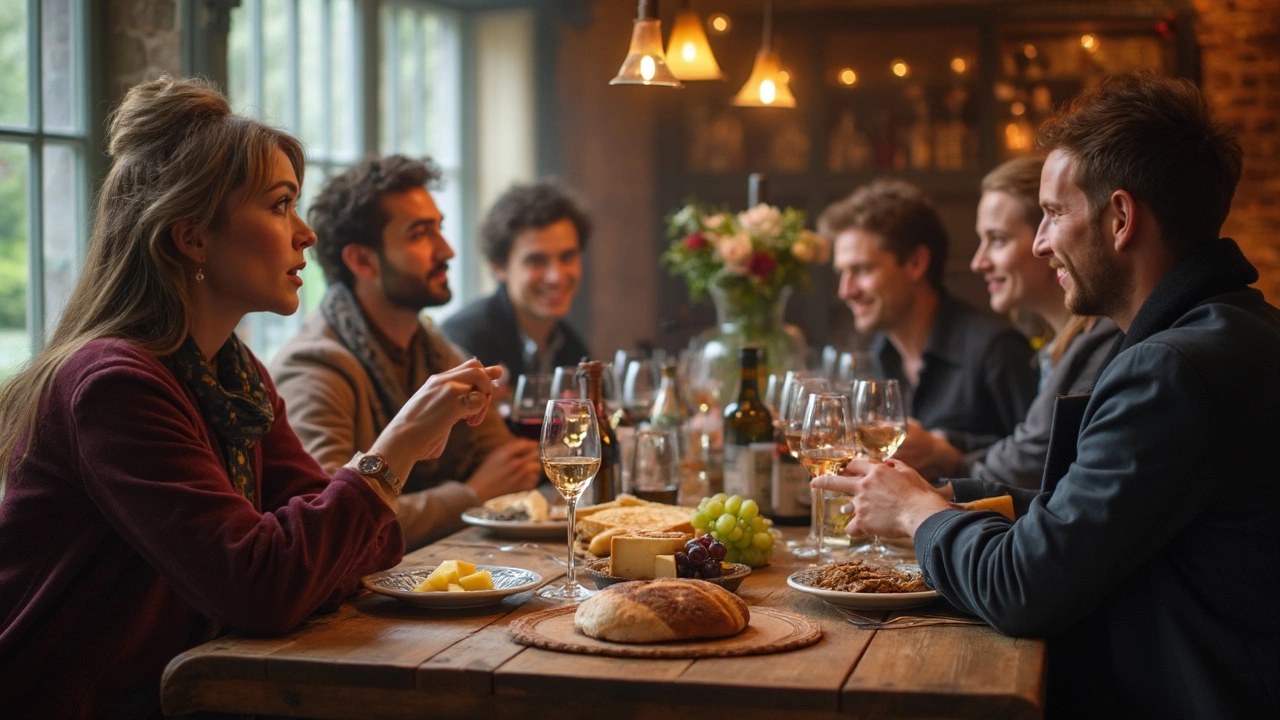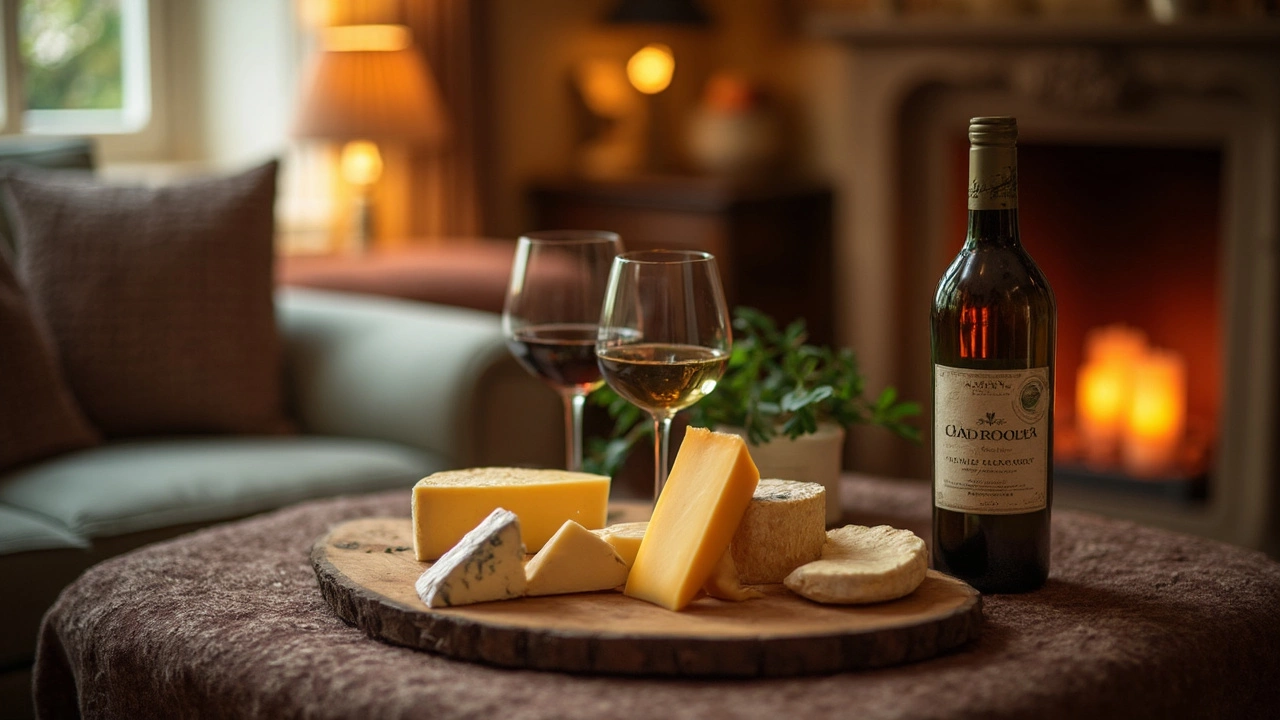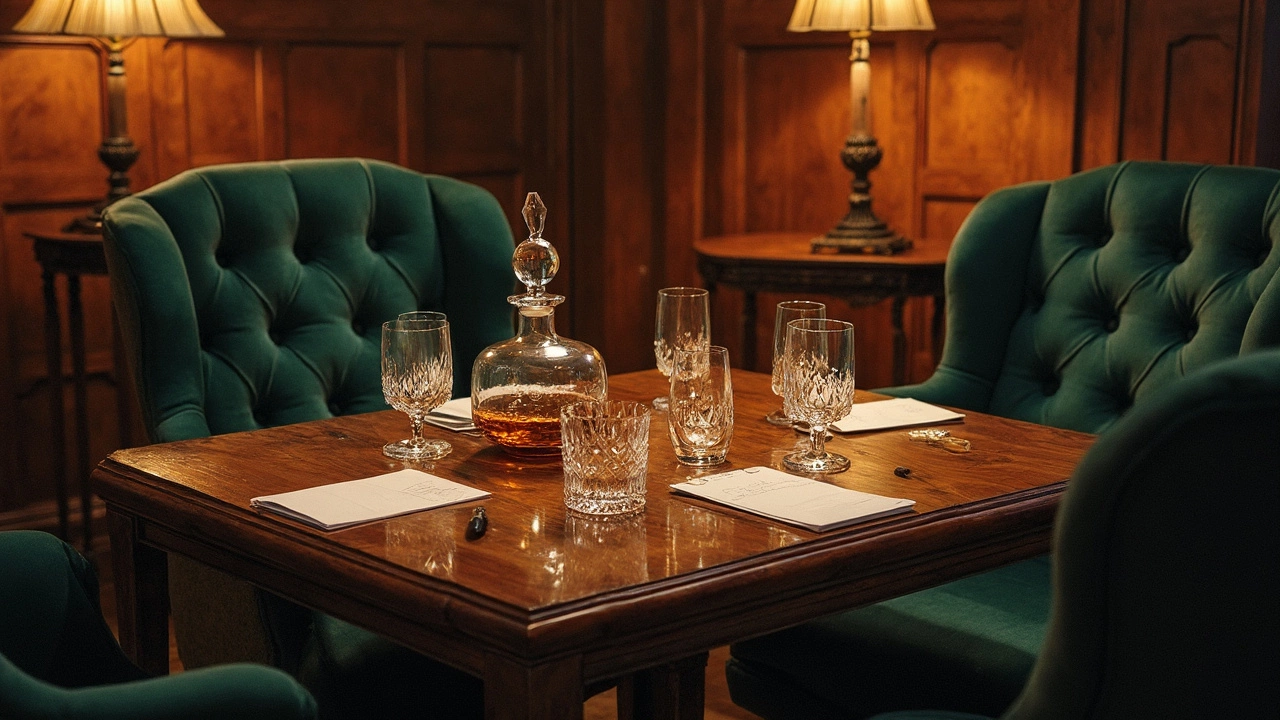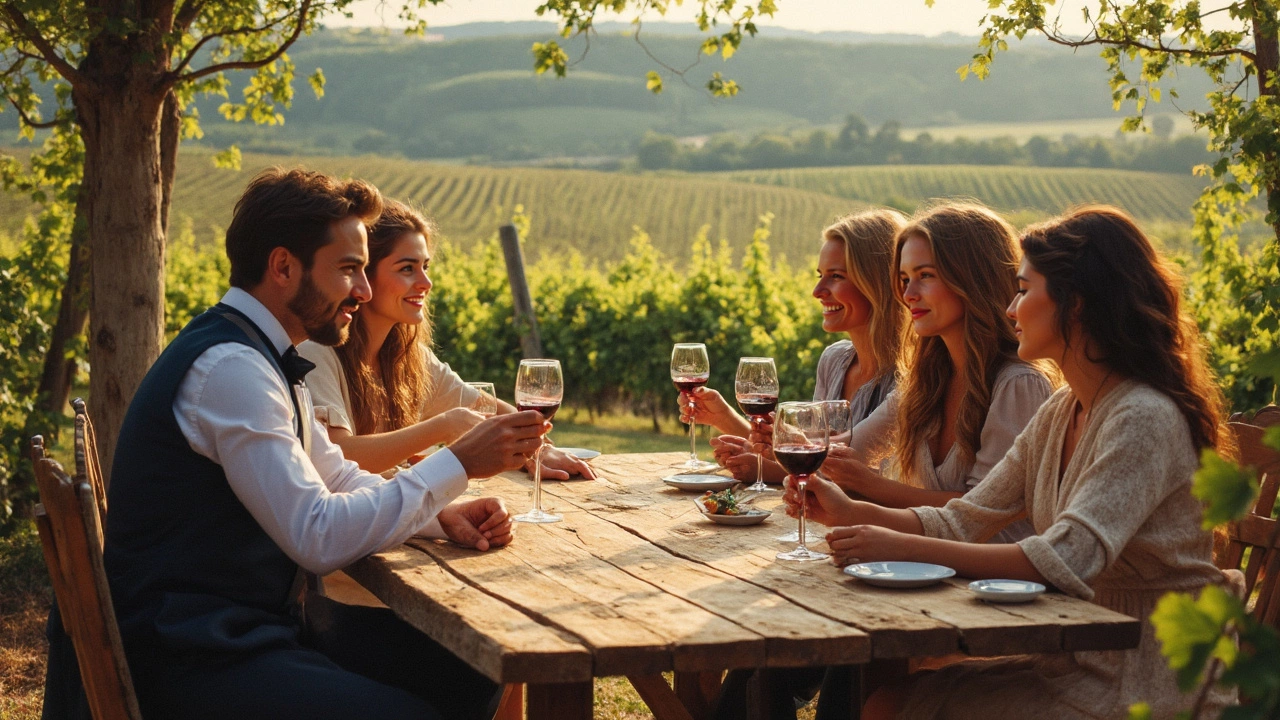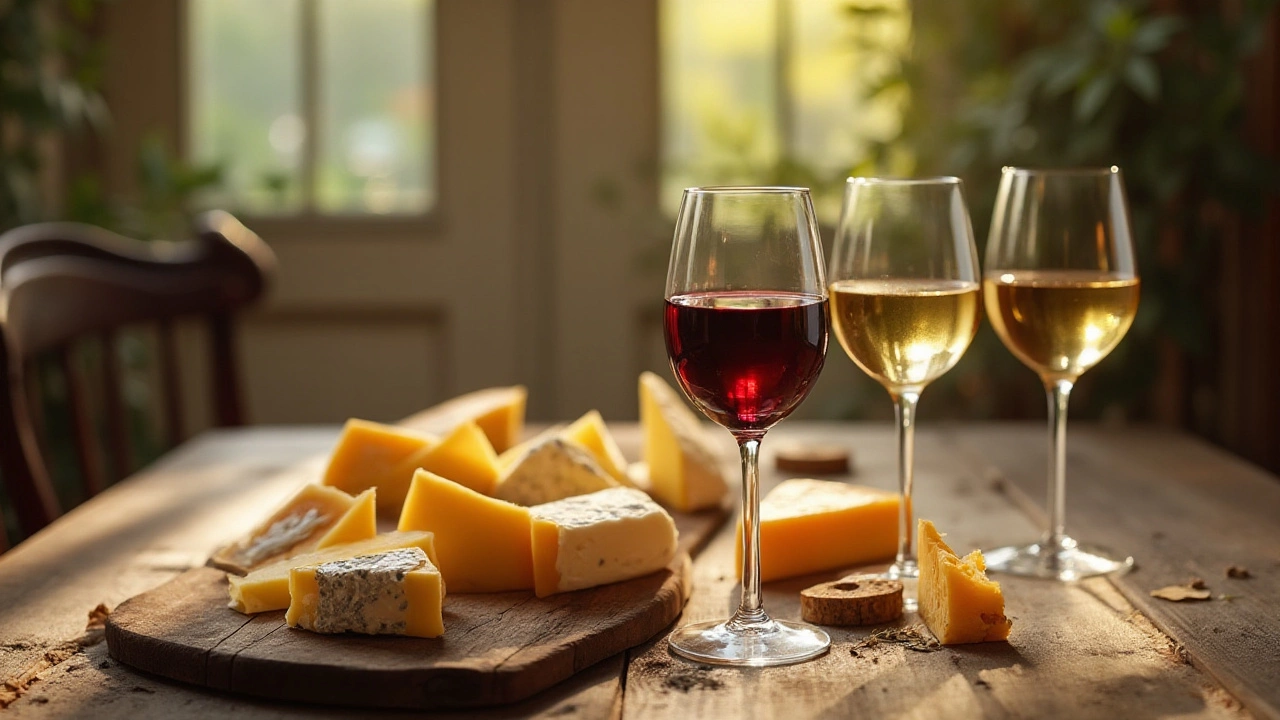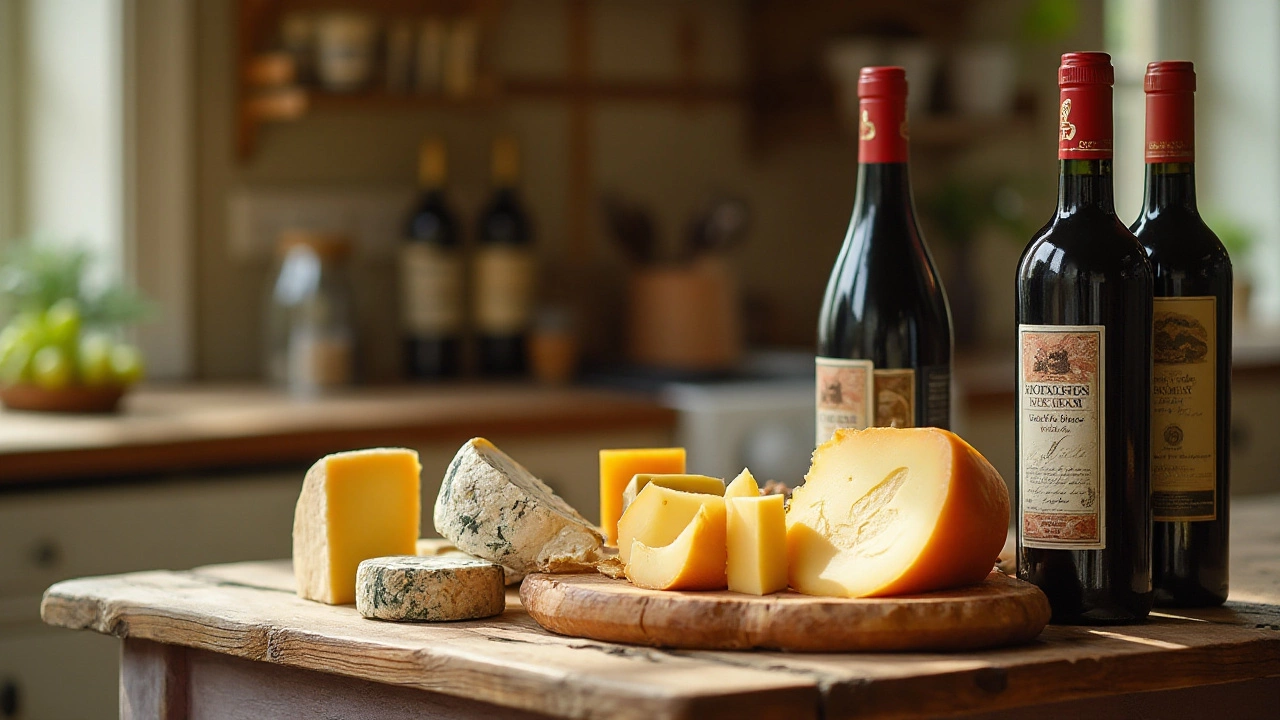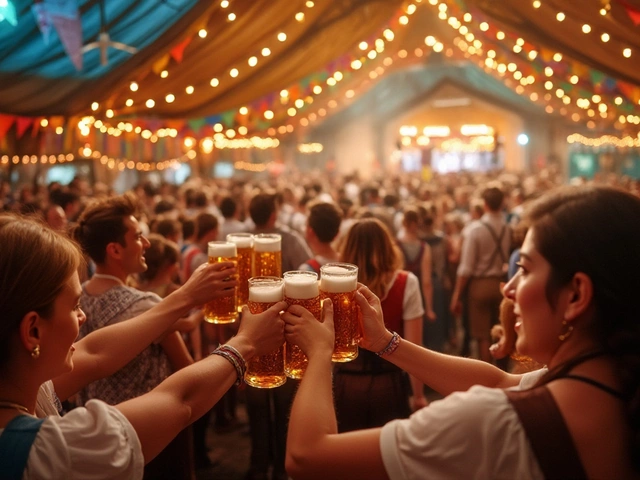Tasting Tips: Boost Your Palate in Simple Steps
If you want to get more out of every sip, you don't need fancy equipment or a sommelier degree. A few easy habits can make a huge difference in how you hear, smell, and taste drinks. Below are the most useful tips you can start using today, whether you’re sampling a red, a single malt, or a fresh mocktail.
Prep Your Palate Before You Sip
First thing: clear your mouth. Skip the strong cheese, coffee, or mint right before a tasting. Even a piece of dark chocolate can mask subtle flavors. Instead, drink a glass of water or nibble on plain crackers. A neutral snack resets your taste buds so you can hear the drink’s true notes.
Temperature matters, too. Let wine sit a few minutes out of the fridge if it’s too cold, and give whisky a minute to breathe. Warmer liquids release more aroma, and you’ll pick up nuances you’d miss if it’s ice‑cold.
Choose the right glass. A tulip‑shaped wine glass funnels aromas to your nose, while a whisky tumbler with a wide rim lets you see the color and swirl the spirit. If you only have a regular tumbler, hold the drink by the stem or a saucer to avoid warming it with your hand.
During the Tasting: What to Do and See
Start with a quick visual check. Look at the color – a deep ruby might suggest a full‑bodied wine, while a pale straw hints at something lighter. In whisky, note the amber hue; darker shades often mean longer aging.
Next, give it a gentle swirl. The motion releases volatile compounds, letting your nose capture the first wave of aromas. Take a short sniff, then pause. Try to name at least three scents – fruit, spice, oak, or even a hint of vanilla. Naming them helps lock the experience in your memory.
Take a small sip and let it coat your tongue. Notice where the flavor hits first – the tip, the sides, or the back. Is it sweet, acidic, bitter, or salty? Pay attention to the finish: does the taste linger, or does it fade fast? A long finish usually means higher quality.
If you’re tasting a mocktail, repeat the same steps. Even though there’s no alcohol, the balance of sweet, sour, and bitter still matters. A well‑balanced mocktail will have a clear structure, just like a classic cocktail.
Take notes. Jot down the drink’s name, the aroma you caught, the taste, and any thoughts on the finish. Over time you’ll see patterns – maybe you prefer wines with bright acidity or whiskies with a smoky edge.
Finally, give your palate a break between different drinks. A sip of water, a plain cracker, or a quick palate cleanser like a slice of green apple can reset your senses and prevent flavor fatigue.
These tasting tips work for any beverage you want to explore. By preparing your mouth, using the right glass, and focusing on sight, smell, and taste, you’ll start catching details you never noticed before. So next time you raise a glass, remember these simple steps and enjoy a richer, more rewarding sip.
Ever wondered if cheese or wine should be tasted first? Unpack the right tasting order, food pairing science, and pro tips for an unforgettable experience.
View DetailsCurious if you should spit out whiskey at a tasting? Discover whiskey tasting etiquette, expert tips, and why spitting is more common than you might think.
View DetailsCurious about what 'nose' means in the world of whisky? This article breaks down how the nose is more than just a body part—it's your main tool for discovering flavors and quality. Expect real tips on how to use your sense of smell to get the most out of every dram. You'll also find tricks to train your nose and surprising facts about aroma's power in whisky tasting. Get ready to upgrade your whisky game with a few simple sniffing skills.
View DetailsEver wondered if you’re supposed to eat during a wine tasting? This article breaks down what you can (and maybe should) eat at a tasting, how food affects your palate, and what experts suggest to make the most of your experience. Find out which snacks are welcome, what to avoid, and how food totally changes the way you taste wine. Perfect if you’re new to tastings or just want to feel less awkward about snacking.
View DetailsWant to avoid embarrassing Champagne faux pas? This article breaks down the must-know rules for proper Champagne etiquette, from serving temperatures to glass selection and polite toasts. Discover how to handle bottles like a pro, pour just the right amount, and impress your friends at the next tasting. It’s the quick guide to drinking Champagne with style, not snobbery. Expect practical tips, fun facts, and everything you need for your next toast.
View DetailsA whiskey nose isn't about the alcohol on your breath; it's the art of appreciating whisky through its aromas before tasting. Mastering this skill can transform the way you experience your drink. Discover how different aromas indicate various flavor profiles and how practicing your nosing technique enhances your overall whisky enjoyment. This guide explores the significance of a whiskey nose and offers practical tips to improve your technique.
View DetailsPairing cheese with Chardonnay doesn't have to be complicated. Each cheese brings out different flavors in Chardonnay, enhancing both the wine and the cheese. Explore the best cheese options to complement your Chardonnay, along with tips to make your next wine and cheese night even better.
View DetailsSpirit tasting isn't just for connoisseurs or fancy soirées; anyone can start at home with the right approach. From setting the scene with glassware to understanding aroma and palate, this guide covers all the essentials. You’ll learn about pacing, palate cleansing, and how to identify those elusive 'notes' in your spirits. Get ready to expand your knowledge and impress your friends at your next gathering. Clear, practical tips make it easy to appreciate spirits like a pro.
View DetailsWine tasting might seem like a perfect excuse to sip on endless amounts of wine, but it's more about appreciating the flavors than getting tipsy. Learning how to taste properly not only enhances your experience but also keeps you from overindulging. Discover why moderation matters, how to pace yourself, and tips for making the most of each sip without overdoing it. This guide will help you navigate the delicate balance between enjoying and overdoing during your next wine tasting adventure.
View DetailsWine and cheese pairing isn't just for gourmet enthusiasts; it's a timeless tradition that enhances flavors when done thoughtfully. Choosing the right combination can turn an ordinary meal into a delightful experience, revealing unique tastes and textures with each bite and sip. With an array of options available, understanding the fundamental principles of matching creamy, sharp, or nutty cheeses with robust reds and crisp whites can open new doors to culinary pleasure. From knowing the type of cheese to identifying appropriate wines, this guide will help you explore successful pairings.
View DetailsWine and cheese pairing is an art that has intrigued culinary enthusiasts for centuries. The sequence of tasting cheese and wine can significantly affect the balance and perception of flavors. Factors such as the richness of cheese, the wine’s body, and personal preferences influence this order. Delving into traditional practices and modern advice can guide one towards an exquisite tasting experience.
View Details